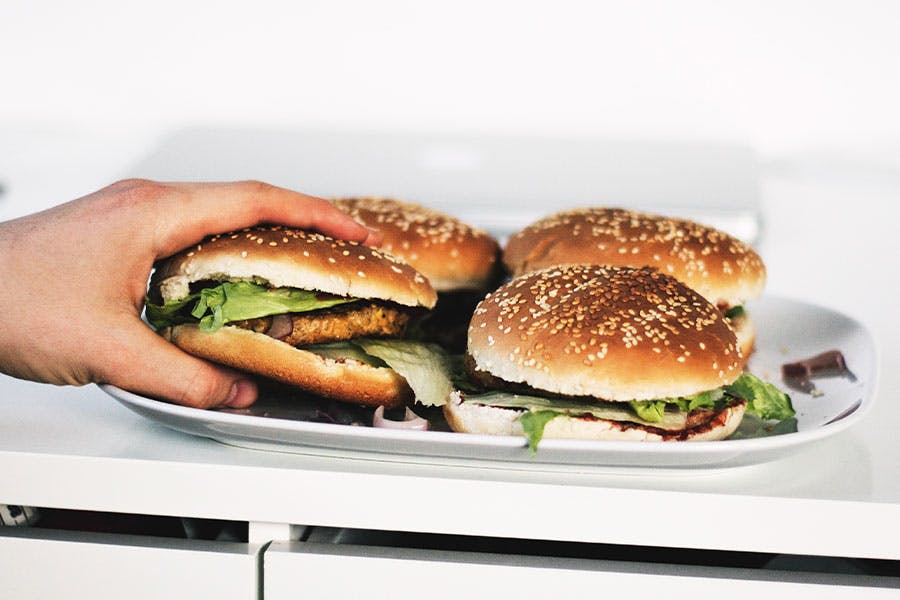The Calorie Fallacy
One of the biggest myths of the last five decades is what we refer to here at TNN as ‘The Calorie Fallacy’.

Steph Lowe
2017-10-05


One of the biggest myths of the last five decades is what we refer to here at TNN as ‘The Calorie Fallacy’.
For fifty years we have been told that weight gain or weight loss is a measure of energy in versus energy out, and therefore to lose weight you must simply be in calorie deficit. Through the 1970’s and 1980’s this lead to an abundance of calorie counting diets, companies such as Jenny Craig and Lite n’ Easy, the invention of the point system (I’m looking at you Weight Watchers), low, lite or non-fat ‘food-like’ products, and the popularity of slogging yourself at the gym to burn thousands of calories.
Read this: physiology is not math, or physics for that matter. The point of this article is not to debate the first flaw of thermodynamics (which, by the way, refers to a closed system and is utterly irrelevant), but to share with you some great news: it’s not about eating less and exercising more. It’s about real food.
Here’s why:
1. Calories are not created equal.
Our macronutrients (i.e. carbohydrates, proteins and fats) produce varying hormonal responses and therefore metabolic environments, which either promote or discourage fat storage.
Example A: Carbohydrates are equivalent to protein in energy, but when eaten in excess can lead to chronically elevated insulin levels. This is the recipe for fat storage. Long term this will create insulin resistance, the precursor to obesity and diabetes.
Example B: Fats are more than double the energy of carbohydrates and protein, but offer satiety and hormonal control – the keys to long-term fat loss (excluding refined seed/vegetable oils and trans fats of course). On that note, low fat food products belong in the bin. They are not whole foods and most of the time, are higher in sugar than the full fat version. See Example A.
2. Fat loss is about hormonal control.
Hormonal control comes not only from managing your carbohydrate intake (to control insulin), but also from controlling your stress. With efficient stress management techniques you manage the stress hormone cortisol and continue to promote a fat burning environment. Eating less and exercising more are huge stressors for the body and ironically can lead to weight gain, often seen as the “cortisol pouch” – that stubborn abdominal fat around your middle.
3. The thermic effect of food.
The amount of energy required to break down our macronutrients – known as the thermic effect of food – varies significantly. Your body burns far more calories digesting protein and fibrous vegetables compared to simple sugars like pasta, white bread or packaged cereals. Digestion actually requires a large amount of energy (this is a good thing!), which can be accelerated with better food choices. You can truly turn your body into a fat burning machine.
4. Food quality creates natural portion control.
If you focus on food quality, the quantity will take care of itself. After all, it’s very uncommon to overeat broccoli or binge on chicken. Fill your plate with predominately non-starchy vegetables, quality protein and good fats from salmon, avocado, grass fed butter, coconut oil, nuts and seeds, and you will be so satisfied that you won’t go near the bread basket, or even consider that lemon meringue.
Disclaimer: you can still eat too much real food so we’re not encouraging gluttony, but 800-1200 calories is the recipe for metabolic dysfunction. Starvation is not healthy. The answer is to nourish your body with food as nature intended.
